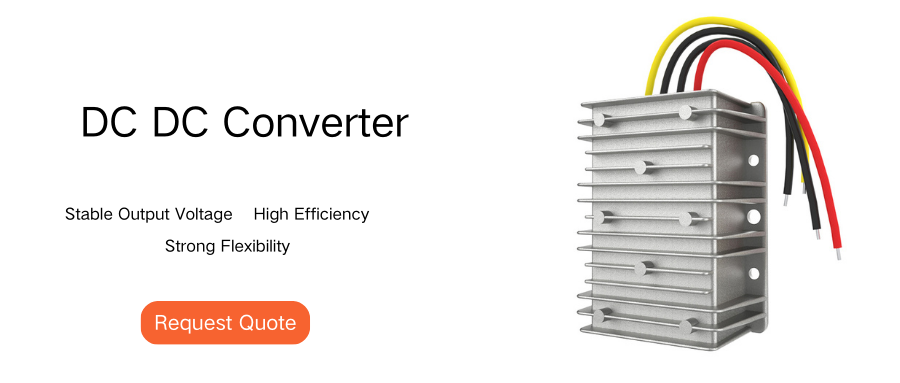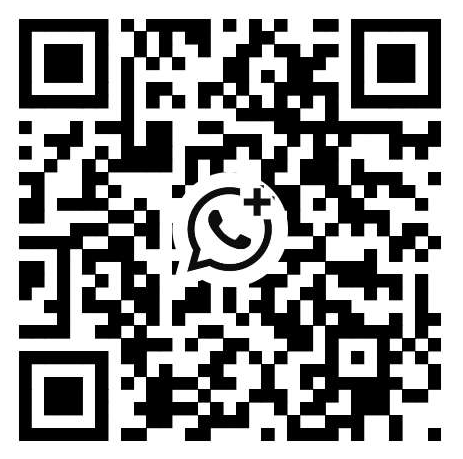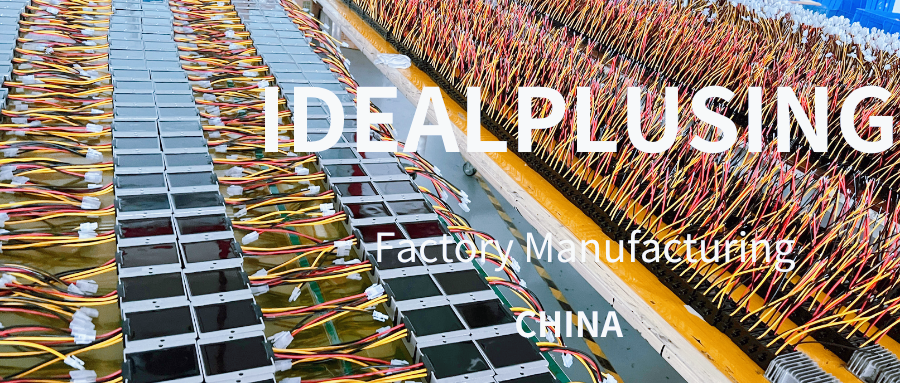
●What is a DC-DC converter and its function?
A DC-DC converter is an electromechanical device or electronic circuit that converts one DC voltage or current level to another DC voltage or current level. In most cases, the device uses only one power supply.
However, if different sub-circuits require different voltages to function properly, the input voltage needs to be converted to a lower or higher level.
This can be done with a DC-DC converter. In addition, they stabilize the voltage and do not let it drop or rise too much. For example, one of the uses of automotive DC-DC converters is to regulate voltage fluctuations in the car's alternator.
●These circuits help to distribute and manage power correctly, providing the appropriate voltage or current level for each power consumer.
It also protects highly sensitive sub-circuits. Most importantly, in portable devices, they can increase the voltage when the battery power is partially reduced, thereby improving power consumption efficiency.
Such converters are used in many electronic devices. According to EMR's global DC-DC converter market report, more than half of them are used in smartphones, but they also have other applications: from consumer electronics and telecommunications equipment to industrial and medical equipment, factory automation, transportation, robotics, power electronics, etc.
As an electronics developer, we also make full use of various DC-DC converters, hardware and robotics technologies when designing power electronics products.
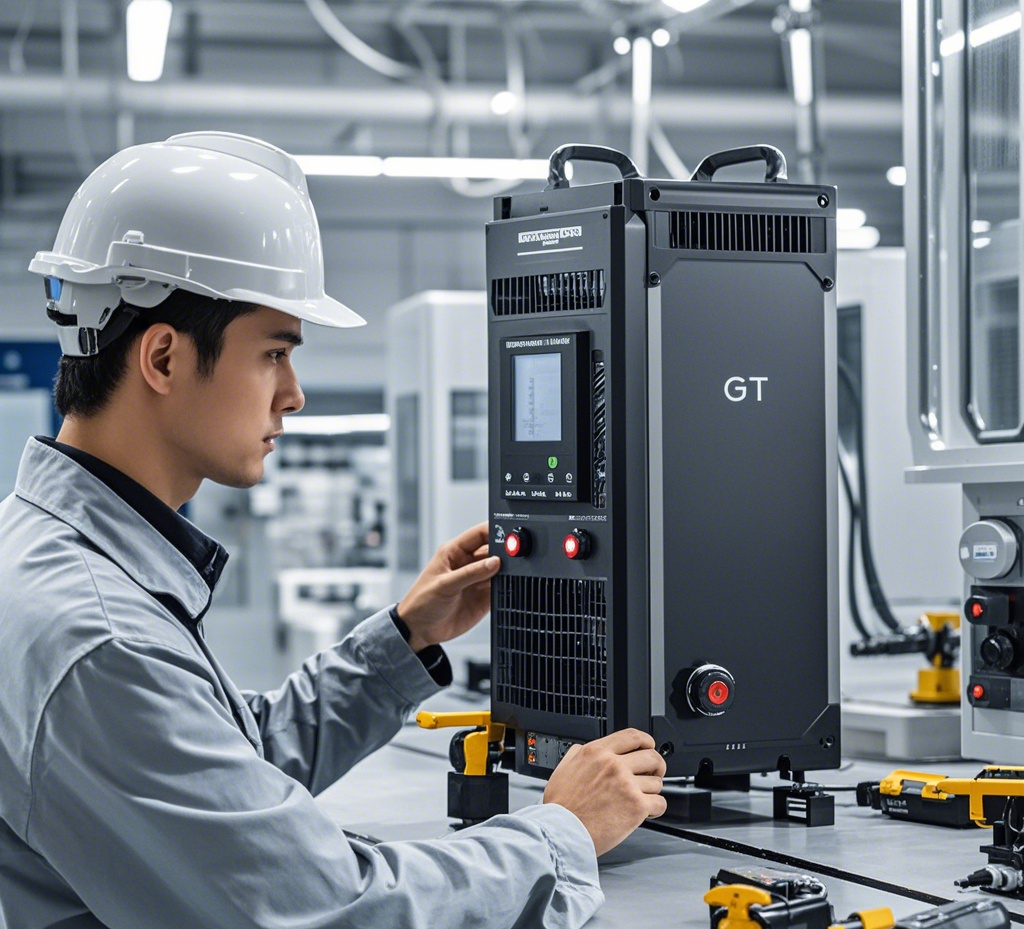
●DC/DC power supply refers to a power supply that converts DC to DC.
From the definition, LDO should also be classified as a DC/DC power supply, but generally only the power supply that converts DC to DC by switching is called a DC/DC power supply.
For example, the advantages of LDO are low noise and low ripple, simple application, low cost, and almost no delay in input and output; while the disadvantages are high power consumption, low efficiency, can only be used for step-down conversion, only support small current output, and cannot achieve input/output isolation.
DC/DC basically overcomes all the disadvantages of LDO. The advantages of DC/DC are low power consumption, high efficiency, support for step-up, step-down, inversion and other conversions, support for large current output, and support for input and output isolation.
The disadvantages are large ripple, complex circuit design, relatively high cost, and large input-output delay.
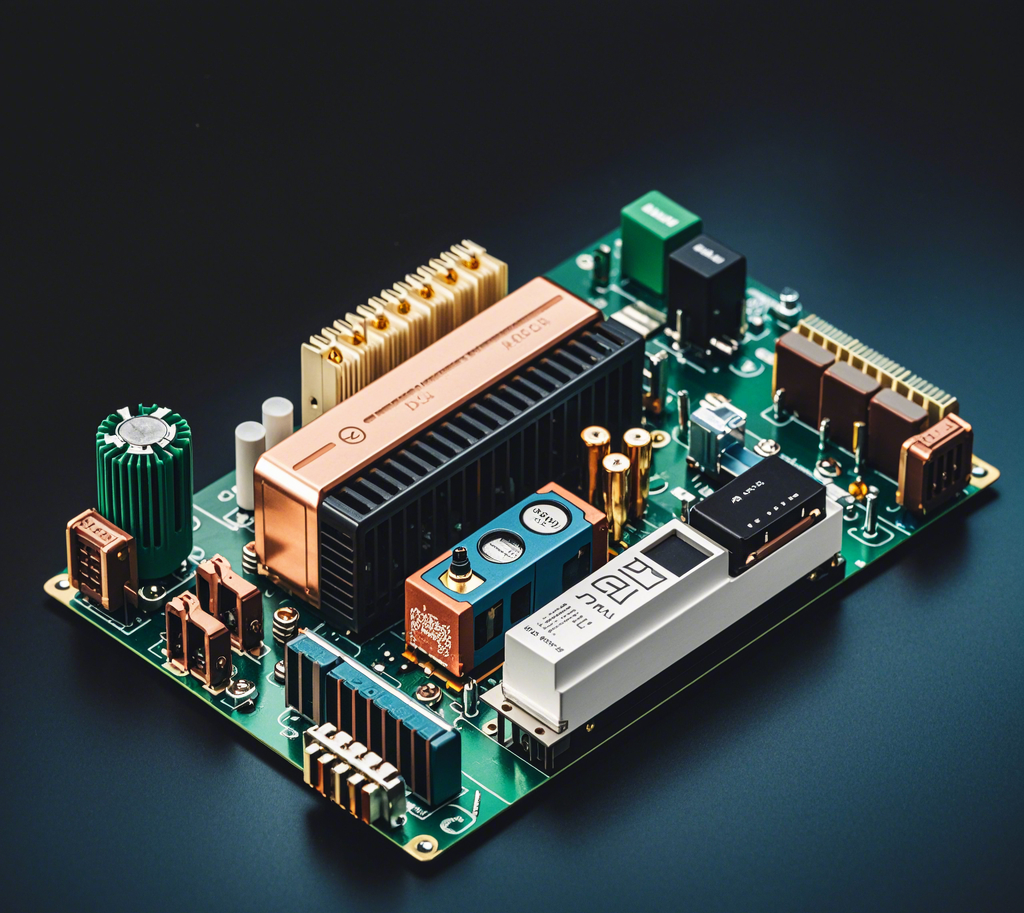
Common types of DC-DC converters
Linear and switching DC-DC converters
Linear converters reduce the output voltage through a resistive load. In a typical circuit of this type, a transistor is connected between the input and output. The input voltage is reduced by the voltage across the transistor, which causes the output voltage to drop.
Such circuits are very simple and cheap, but have many serious disadvantages. They can only be used to reduce voltage. In addition, their efficiency decreases as the difference between input and output voltage increases.
As long as the device is not powered by a battery, this drop is insignificant. On the other hand, this unused power is dissipated in the form of heat, and such models can easily overheat if the input and output voltages differ greatly.
However, they are used in low-power devices and nodes that require high-quality output voltage and low output voltage ripple, or in devices that are sensitive to electromagnetic interference. They are simple in design, use few components, and can save a lot of space (unless a heat sink is required). Linear converters are often used in audio and video electronics, communication equipment, medical and measurement equipment.

Switching converters use switching elements to charge storage capacitors with electrical pulses. This voltage is then smoothed by capacitors and transferred to the load. The output voltage level is defined by the duty cycle of the switching element.
Compared to linear converters, they are much more efficient and can reach 85-90%. That is why engineers prefer to use them in battery-powered devices.
Since they are more efficient, they do not generate much heat and can be used to step down and increase the output voltage. Therefore, they are used whenever linear types are not an option. On the other hand, they generate more electromagnetic noise and require more components, which makes them more expensive.
In one of our projects, we needed to power multiple subcircuits in a device with multiple radio transmitters. The subcircuits required 5V, while the input voltage was 12V. The maximum current was expected to be 2A.
In this case, it was impractical to use a linear converter, because more than half of the energy would be dissipated as heat (up to 14W at full power). Installing a cooling heatsink was also not an option, because the enclosure was too small (10x10x1 cm). Instead, it was decided to use a switching converter.
As you can see, both converter types have their pros and cons, so it was difficult to make a decision. When deciding which converter to use, you must consider a range of factors, including potential issues related to electromagnetic compatibility, efficiency, overheating, etc. This is why you need a team of experienced professionals to do the job. Feel free to contact us to discuss your project or idea.
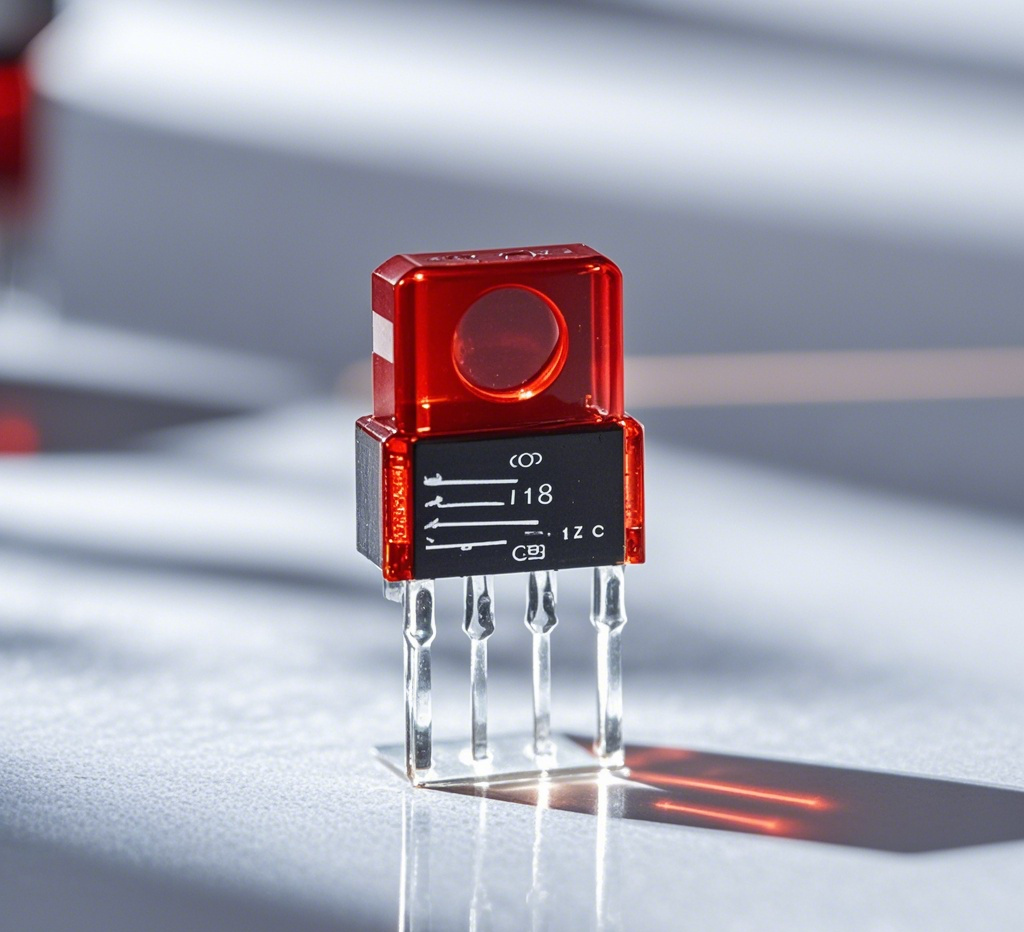
● Non-isolated and isolated DC-DC converters
Non-isolated DC-DC converter designs are characterized by a direct connection between the input and output circuits (i.e., with a single circuit). Compared to isolated models, they are used in low-power devices to benefit from relatively low costs, small size, and high efficiency, as there is no transformer to lose energy. These types are used in communications, computers, automobiles, and other industries.
In isolated converters, the input and output are separated from each other (usually using a transformer). It blocks the flow of direct current between the two circuits.
Usually, for safety reasons, the primary and secondary circuits are separated, which is why this design is widely used in high-voltage DC-DC converters. In addition, this design allows you to break ground loops to protect sensitive circuits from noise.
They are used in power supplies for programmable logic controllers, industrial automation, IGBT drivers, etc. In particular, the use of non-isolated DC-DC converters in equipment may not be allowed due to safety concerns.
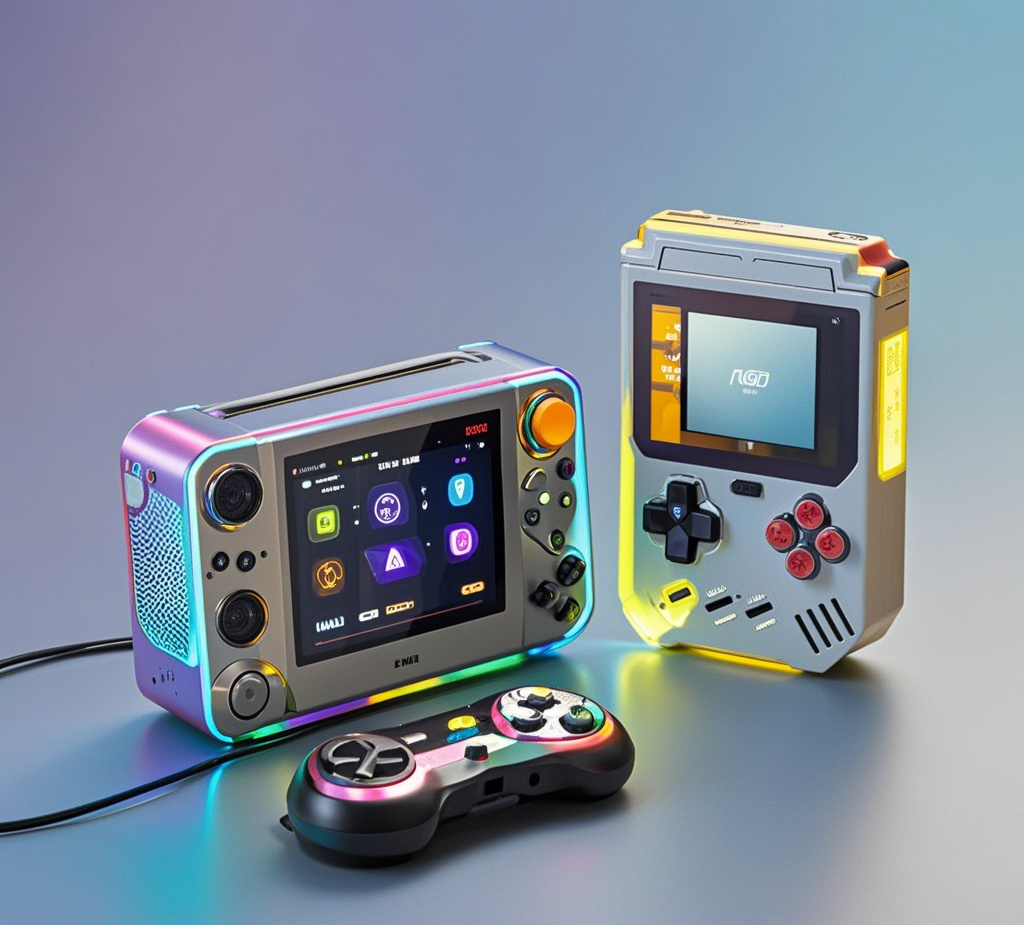
●When selecting a DC-DC converter for a device, engineers pay attention to different characteristics and parameters, the most important of which are as follows:
Input voltageThis parameter is defined by the power supply used. Different power supplies (for example, AC-DC adapters or batteries) provide different input voltages. When designing electronic products, hardware development companies must ensure that the DC-DC converter can withstand these voltages.
Output voltageDC-DC converters can produce fixed or adjustable output voltages. The latter can vary from a minimum to a maximum value. In both cases, the choice of model is determined by the voltage range required by the load.
Output currentThe output current (together with the output voltage) defines the electrical power that the converter can provide.
With the progress of society and the development of science and technology, the important technologies of DC/DC converters have also made great progress. This article introduces and analyzes the development of main technologies such as soft switching, synchronous rectification, phase-shifted PWM technology and multi-level technology in DC/DC converters.
DC/DC converters are constantly improving with the development of technology, and the technologies related to converters are also constantly developing. The development of these technologies also affects the development of converters to a certain extent.
For example, the power switching devices developed in the last century, the development of power switching devices also affects the development of converters to a certain extent.


